Children are typically naturally active human beings with growing bones that often become susceptible to breaks, bruises, fractures and cuts. Their small, yet sometimes fearless attitudes may cause them to try new and adventurous activities without thinking about the possible repercussions. As a parent, it is often difficult to predict what your child is going to do next. While this job requires you to be on call 24 hours a day, 7 days a week, there are times when accidents happen, despite your very best efforts. During these times, your child may take a fall or tumble, and end up getting hurt.
Playgrounds are supposed to keep children entertained, active and somewhat safe. However, close to 20,000 kids are sent to the emergency room each year in the United States after having an accident on the playground. These visits are the result of fractures, internal injuries, concussions, dislocations and other injuries.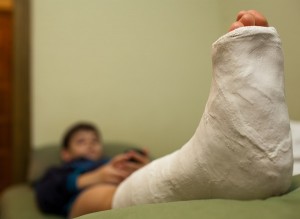
As a caregiver you simply cannot observe every moment of your child’s life. That is why it is important to notice signs and symptoms of fractures in children. A partial or complete break in one’s bone can produce growth problems in the future, as well as large amounts of pain. Knowing the symptoms of a pediatric fracture will help your child receive the best care after an accident or injury.
Pediatric Fractures: Why Are Children More Prone To Certain Injuries?
The reason children are more susceptible to many types of fractures (greenstick, buckle, growth plate, stress, non-displaced and displaced fractures) is because of the way their bones are developing. Children have growing, flexible bones. However, because of their supple bones, they are often at greater risk for unique fractures that involve bending and buckling.
Fortunately, children tend to heal quickly, and compared to adults, their bones are easier to mend. But they are at a disadvantage when it comes to growth plate injuries. This area on the end of their long bones can become damaged and create length discrepancies and deformities in their adult years.
Common Symptoms of Pediatric Fractures or Broken Bones in Children
As a parent, you can help keep your children safe and growing by recognizing some of the symptoms children show after sustaining a fracture or breaking a bone. There are some obvious physical signs to acknowledge. These include: swelling, redness, warmth, bruising, and a deformation to the affected area. If your child refuses to use the affected limb, this is often an indicator that an injury has occurred.
 If you suspect your child to have sustained a serious injury or fracture, always seek help from a qualified physician. A board-certified orthopedic physician will conduct a physical exam to identify the injury and treatment options. Oftentimes in the case of a broken or fractured bone, your child will need to have x-rays taken to understand the type of break and to complete treatment.
If you suspect your child to have sustained a serious injury or fracture, always seek help from a qualified physician. A board-certified orthopedic physician will conduct a physical exam to identify the injury and treatment options. Oftentimes in the case of a broken or fractured bone, your child will need to have x-rays taken to understand the type of break and to complete treatment.
Dr. Grossfeld at Orthopaedic Specialists in Louisville, Kentucky, is well-qualified in this area and will treat any type of pediatric fracture. She is a double board-certified orthopedic surgeon and sports medicine physician. And she’s been identified as one of the top 10 orthopedic doctors in the Louisville-area. For more information about Orthopaedic Specialists, or to make an appointment, call 502-212-2663 today.
 Total hip replacement is an increasingly popular operation that can significantly improve the quality of the lives of the patients that undergo the procedure. A total hip replacement can significantly reduce pain, improve range of motion of the joint and lead to a more active life.
Total hip replacement is an increasingly popular operation that can significantly improve the quality of the lives of the patients that undergo the procedure. A total hip replacement can significantly reduce pain, improve range of motion of the joint and lead to a more active life.


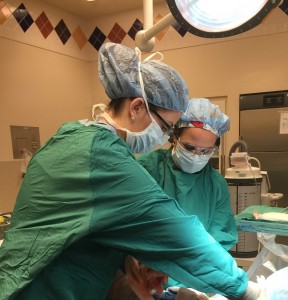 physician Dr. Stacie Grossfeld enjoys providing training to people in the medical field through her medical practice Orthopaedic Specialists. Over the years, Dr. Grossfeld has offered training opportunities for many physicians interested in learning more about sports medicine, orthopedics and orthopedic surgery. She also mentors college students who are considering pursuing a career in medicine.
physician Dr. Stacie Grossfeld enjoys providing training to people in the medical field through her medical practice Orthopaedic Specialists. Over the years, Dr. Grossfeld has offered training opportunities for many physicians interested in learning more about sports medicine, orthopedics and orthopedic surgery. She also mentors college students who are considering pursuing a career in medicine.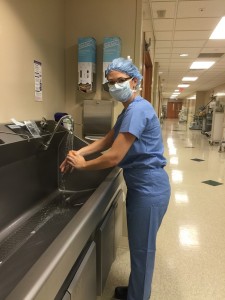
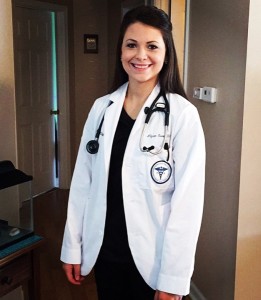 orthopedics and sports medicine grow immensely. Dr. Grossfeld is a great doctor, surgeon, teacher and mentor. With the knowledge and skills she has instilled in me, I hope I can continue with a future in orthopedics and provide care for my patients the way that she has taught me.”
orthopedics and sports medicine grow immensely. Dr. Grossfeld is a great doctor, surgeon, teacher and mentor. With the knowledge and skills she has instilled in me, I hope I can continue with a future in orthopedics and provide care for my patients the way that she has taught me.” 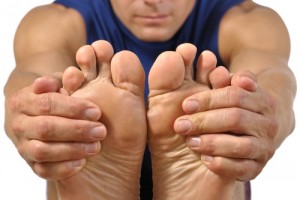

 useful for daily medical emergencies, or even extreme scenarios. By offering step-by-step instructions during any emergency, this app becomes remarkably useful. There are videos and animations that describe in detail ways to provide care until emergency responders are able to take over. This app can also become a way for you to test your first aid skills before an emergency takes place by supplying interactive quizzes for you to complete and share with friends!
useful for daily medical emergencies, or even extreme scenarios. By offering step-by-step instructions during any emergency, this app becomes remarkably useful. There are videos and animations that describe in detail ways to provide care until emergency responders are able to take over. This app can also become a way for you to test your first aid skills before an emergency takes place by supplying interactive quizzes for you to complete and share with friends! providing the latest research and so much more. This app allows users to request appointments now, rather than waiting on hold all day. Once the appointment is confirmed, the app then allows users to add this information directly to his or her phone. This app is designed to help users understand more about his health history and any other questions that may arise. While the app has many great features, the ability to share and view lab results at the same pace of your physician is something that is extremely pertinent. This app allows you to view x-rays and MRIs on your phone in a timely manner. It may seem overwhelming for some individuals, but the connectivity of this app is transforming the relationship between physicians and their patients.
providing the latest research and so much more. This app allows users to request appointments now, rather than waiting on hold all day. Once the appointment is confirmed, the app then allows users to add this information directly to his or her phone. This app is designed to help users understand more about his health history and any other questions that may arise. While the app has many great features, the ability to share and view lab results at the same pace of your physician is something that is extremely pertinent. This app allows you to view x-rays and MRIs on your phone in a timely manner. It may seem overwhelming for some individuals, but the connectivity of this app is transforming the relationship between physicians and their patients. This medical app by Webmd is extremely useful for those looking to answer questions about certain symptoms, as well as drug and treatment information. Like the Webmd website, the app is full of detailed information about specific diseases and conditions, as well as the options for treatment. While the basic app is packed with helpful tips and information, Webmd has also developed several other apps specific for your medical condition or current issues.
This medical app by Webmd is extremely useful for those looking to answer questions about certain symptoms, as well as drug and treatment information. Like the Webmd website, the app is full of detailed information about specific diseases and conditions, as well as the options for treatment. While the basic app is packed with helpful tips and information, Webmd has also developed several other apps specific for your medical condition or current issues. In terms of medical apps, Itriage provides a combination of connectivity and knowledge. This app allows users to navigate hospitals and healthcare providers in the area in the event of an emergency. This seems to be extremely useful for families traveling with sick children that may need medical attention quickly. It doesn’t matter if you are unfamiliar to the area, because this app will help you navigate your way to a physician. Don’t forget this app has other features like the ability to research your symptoms, medications and conditions. The app has a built in feature for those in need of certain hotlines as well.
In terms of medical apps, Itriage provides a combination of connectivity and knowledge. This app allows users to navigate hospitals and healthcare providers in the area in the event of an emergency. This seems to be extremely useful for families traveling with sick children that may need medical attention quickly. It doesn’t matter if you are unfamiliar to the area, because this app will help you navigate your way to a physician. Don’t forget this app has other features like the ability to research your symptoms, medications and conditions. The app has a built in feature for those in need of certain hotlines as well.

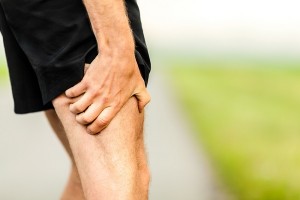


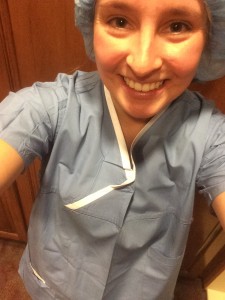 and work with the patinets together in the same room. It was so neat to be able to see all different women at different levels of medical education working together to help patients. The whole experience was incredibly empowering, and Dr. Grossfeld has truly inspired me to continue on my own path toward becoming a physician.
and work with the patinets together in the same room. It was so neat to be able to see all different women at different levels of medical education working together to help patients. The whole experience was incredibly empowering, and Dr. Grossfeld has truly inspired me to continue on my own path toward becoming a physician.  ut Bicycle Accidents – 10 Things to Know
ut Bicycle Accidents – 10 Things to Know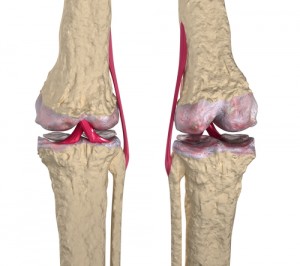
Recent Comments